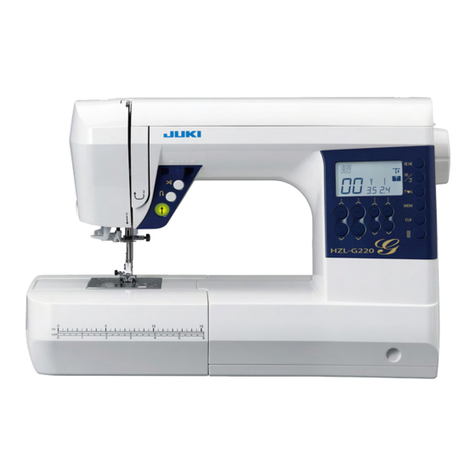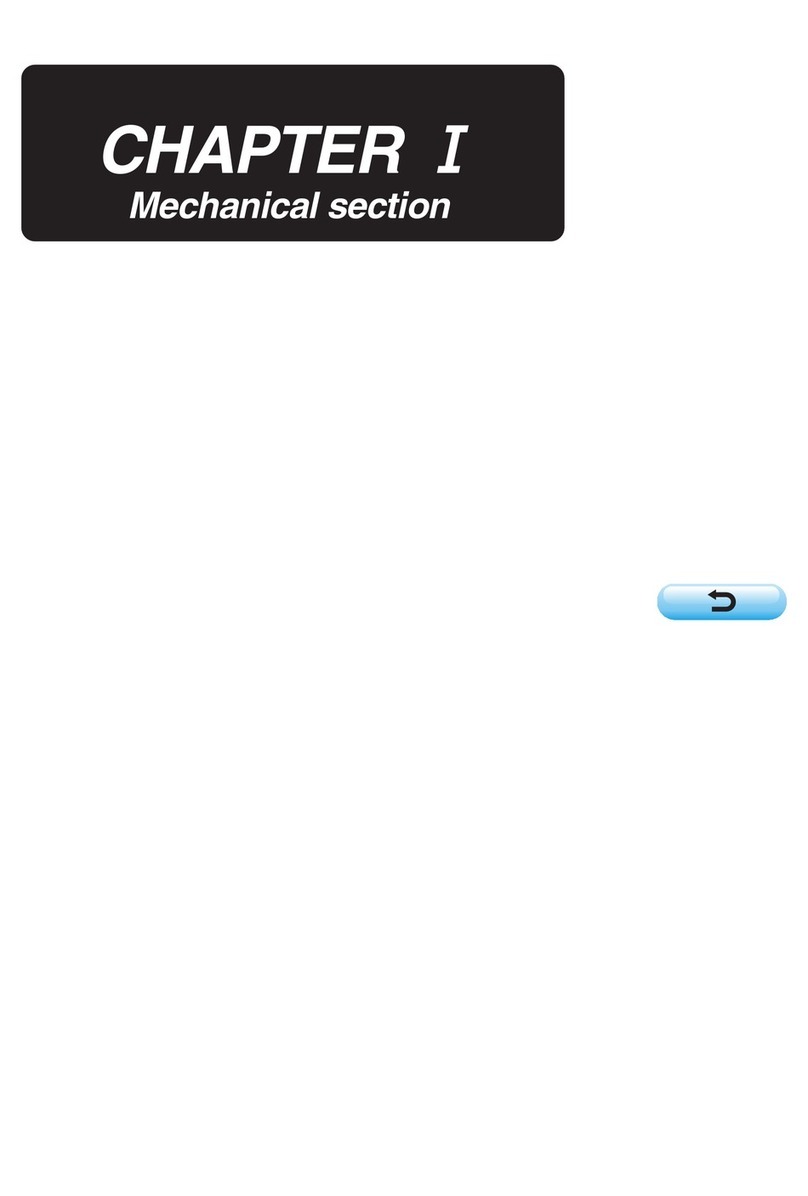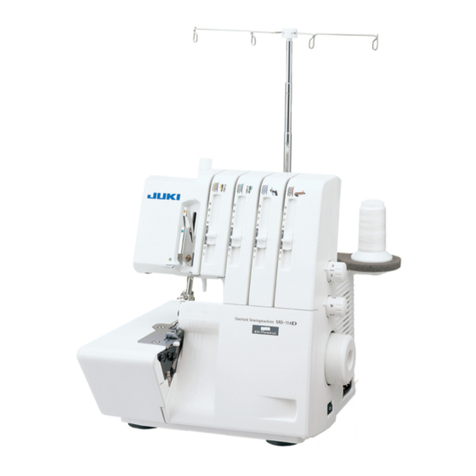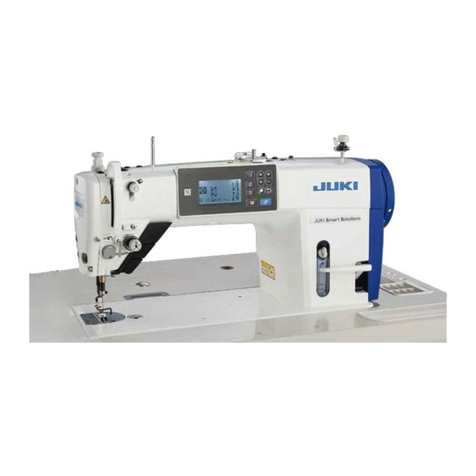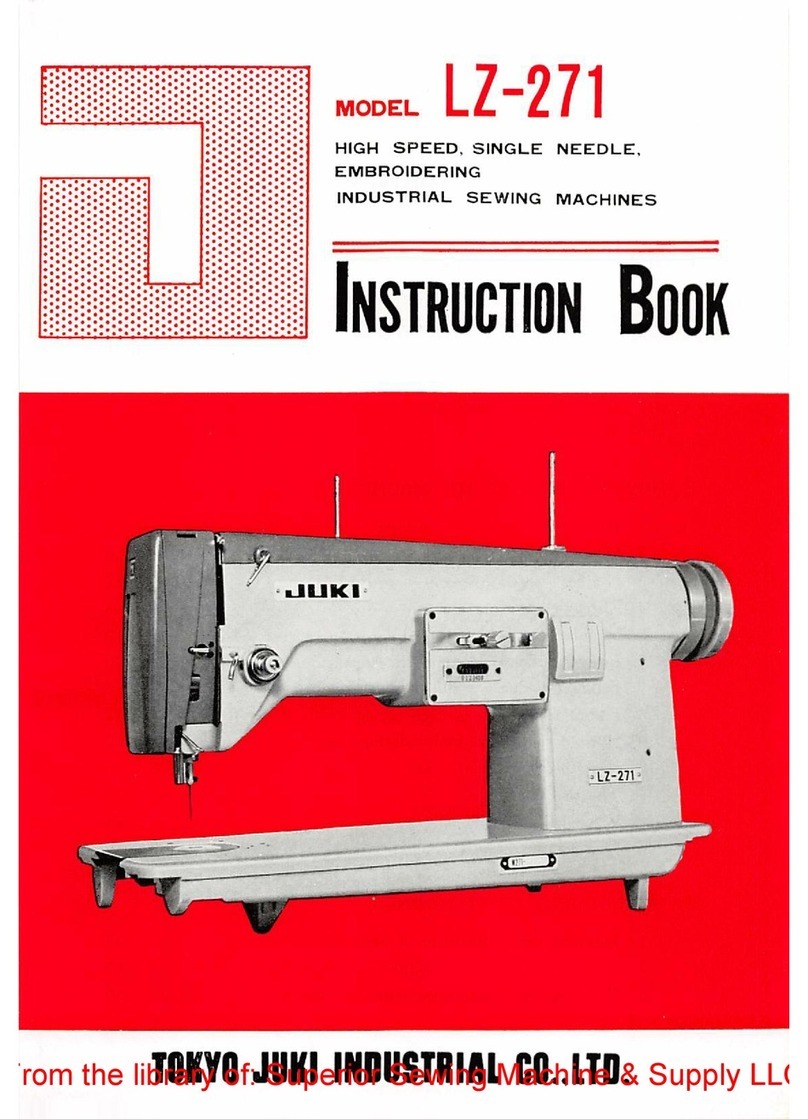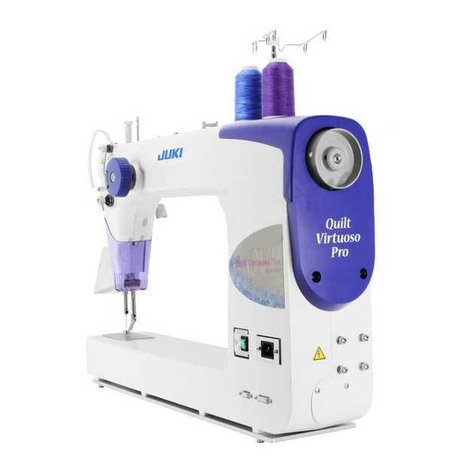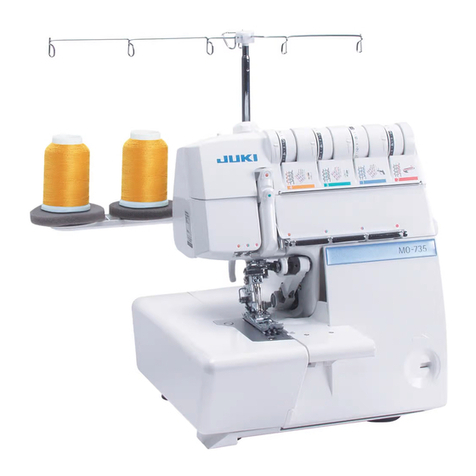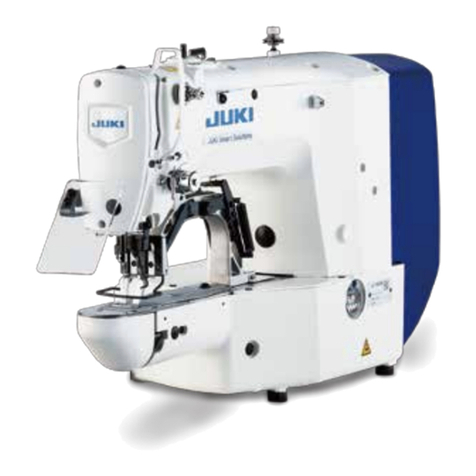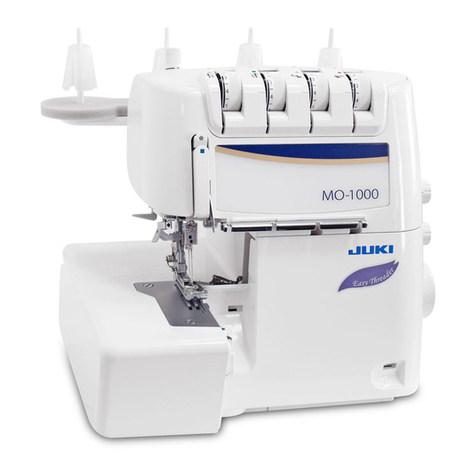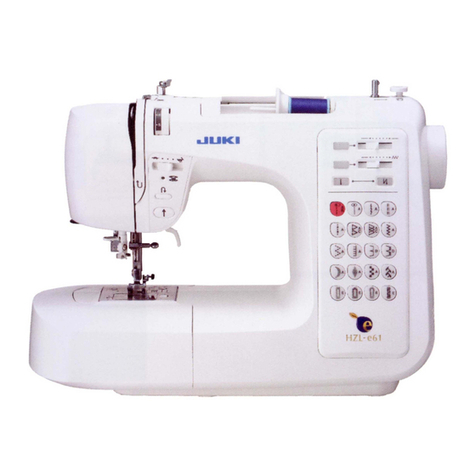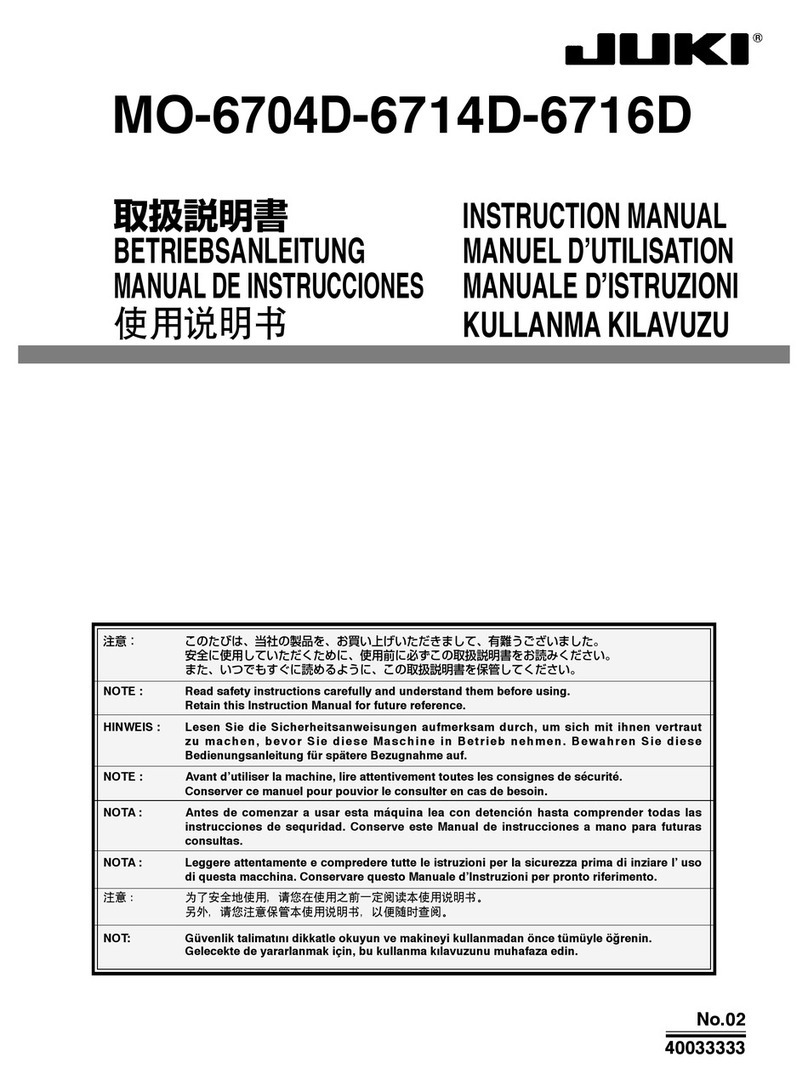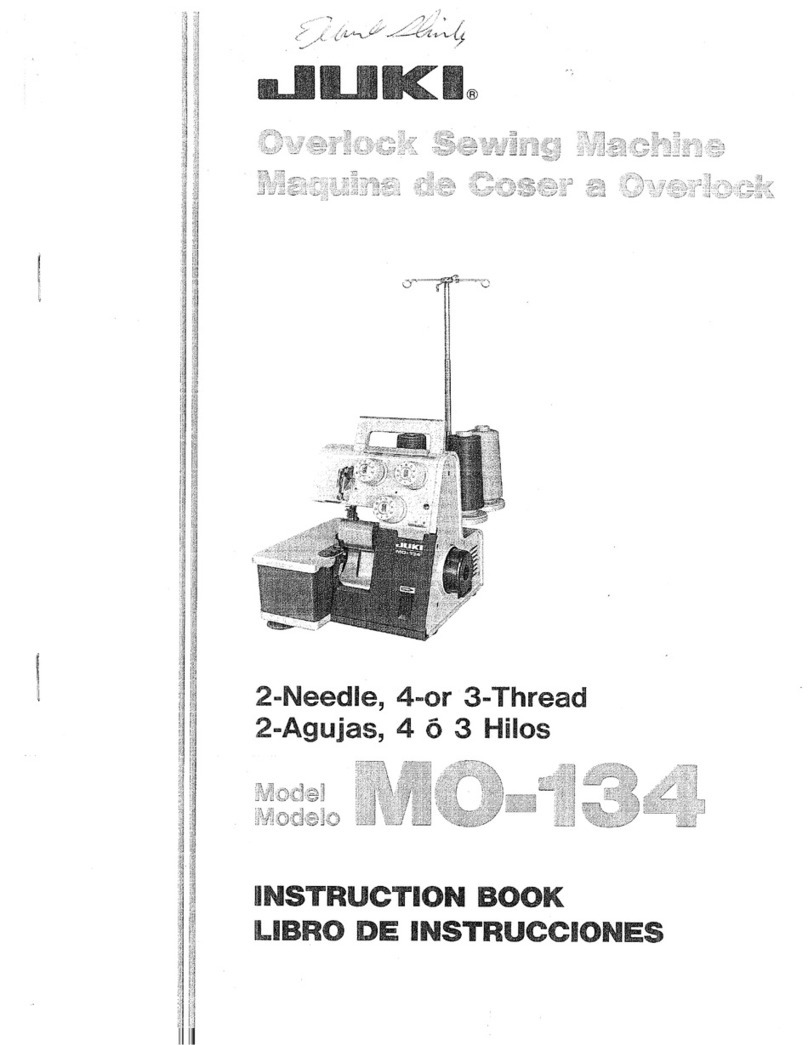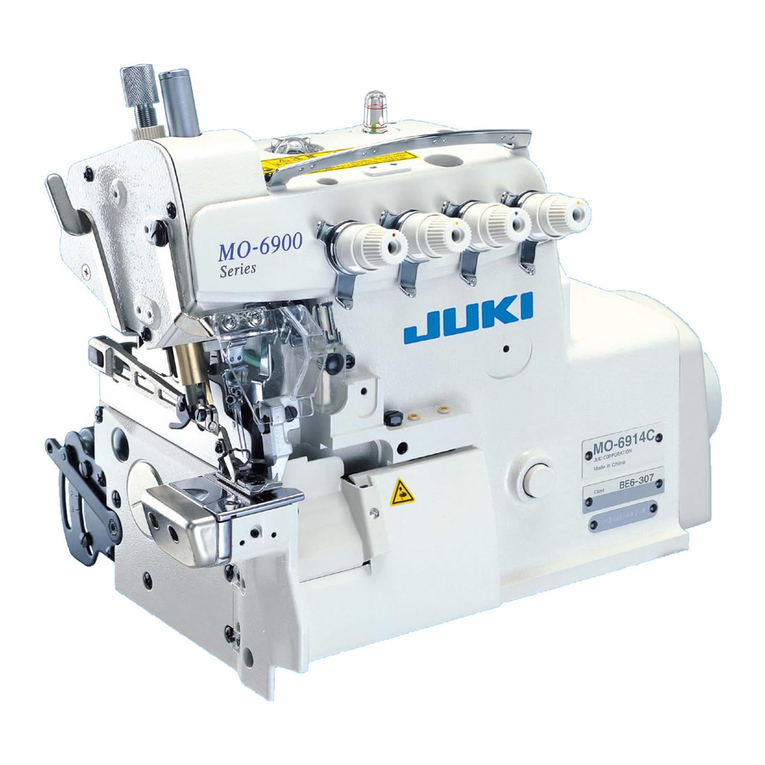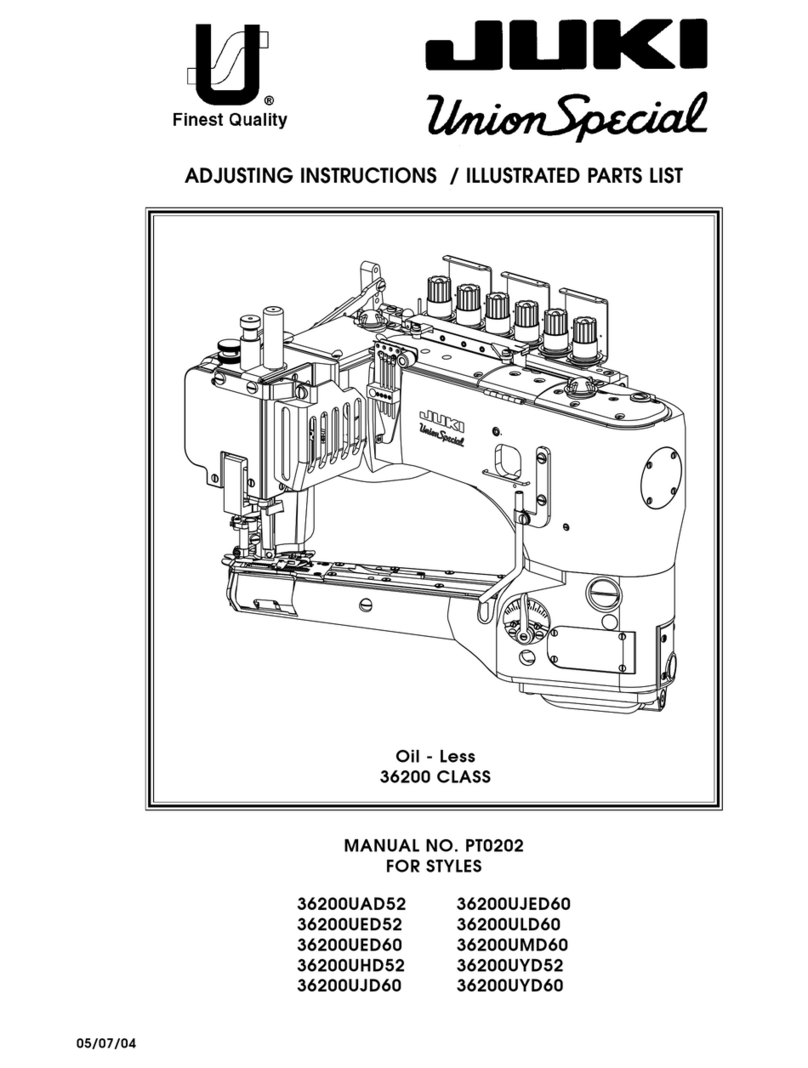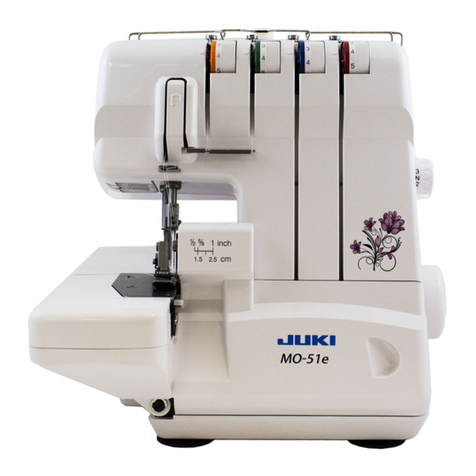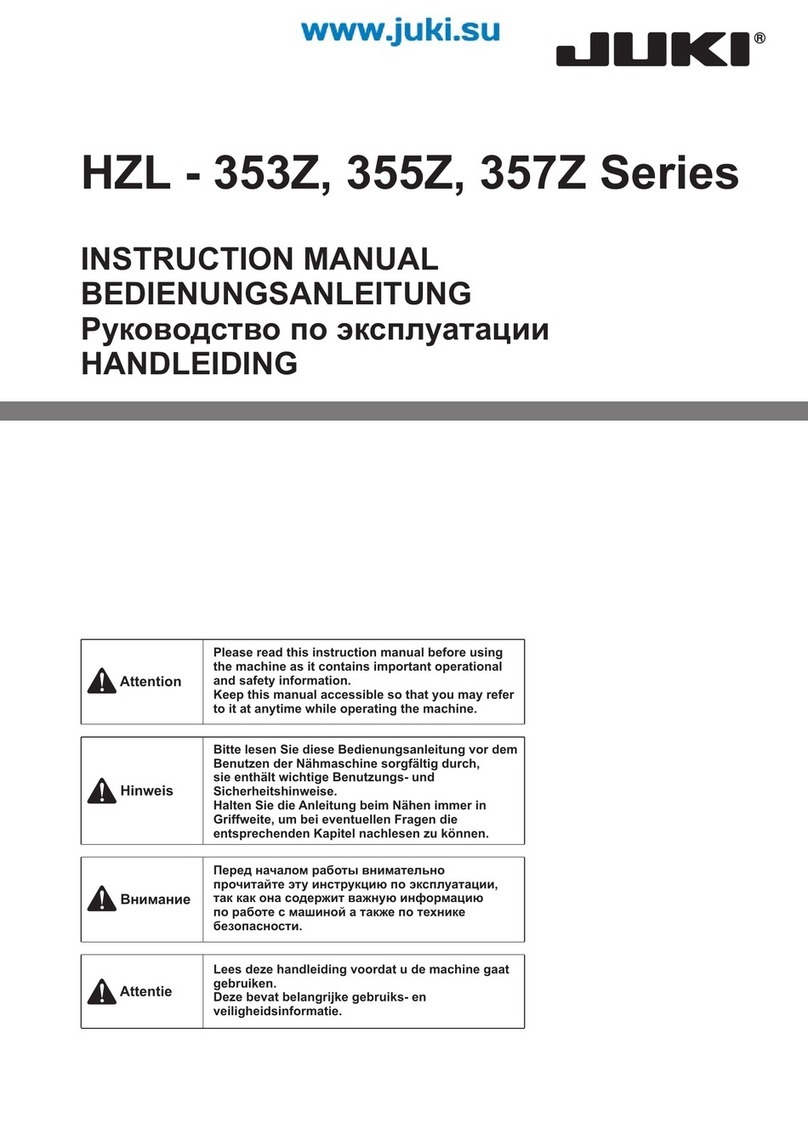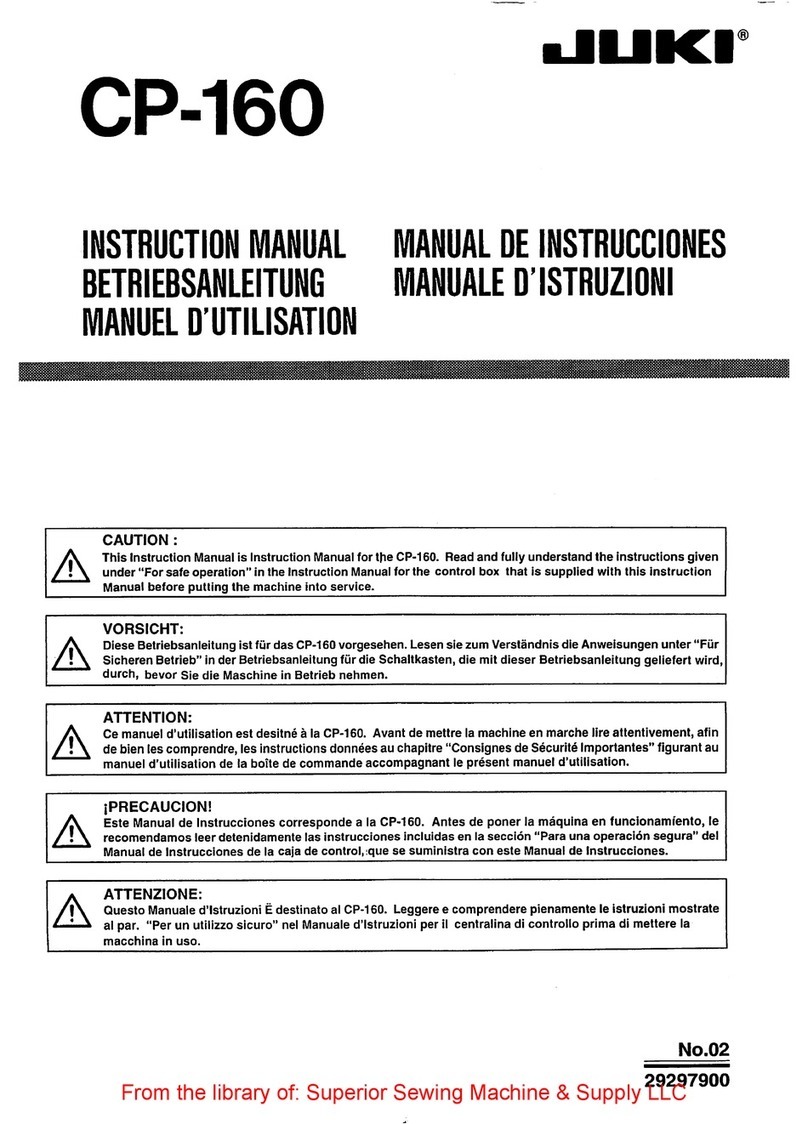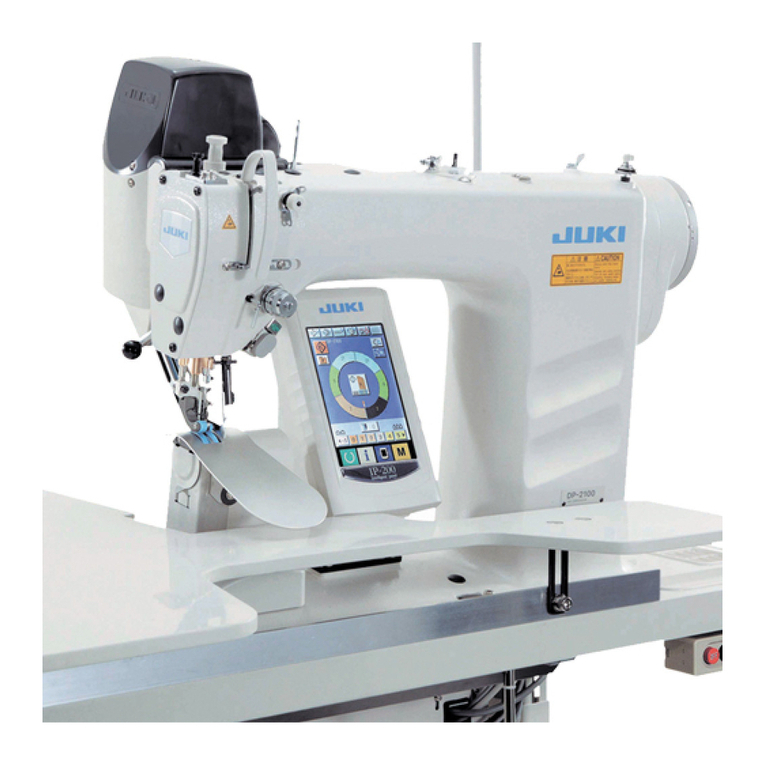
ii
(2) When performing winding bobbin thread only ............................................................................37
2-12.Using counter ............................................................................................................ 38
(1) Setting procedure of the counter ................................................................................................38
(2) Count-up releasing procedure .................................................................................................... 40
(3) How to change the counter value during sewing........................................................................ 40
2-13.Performing new register of users’ pattern .............................................................. 41
2-14.Naming users’ pattern............................................................................................... 42
2-15.Performing new register of pattern button ............................................................. 43
2-16.LCD display section at the time of pattern button selection................................. 44
(1) Pattern button data input screen ................................................................................................44
(2) Sewing screen ............................................................................................................................ 46
2-17.Performing pattern button No. selection................................................................. 48
(1) Selection from the data input screen .......................................................................................... 48
(2) Selection by means of the shortcut button .................................................................................49
2-18.Changing contents of pattern button ...................................................................... 50
2-19.Copying pattern button............................................................................................. 51
2-20.Changing sewing mode ............................................................................................ 52
2-21.LCD display section at the time of combination sewing ....................................... 53
(1) Pattern input screen ...................................................................................................................53
(2) Sewing screen ............................................................................................................................ 55
2-22. Performing combination sewing ............................................................................. 57
(1) Selection of combination data ....................................................................................................57
(2) Creating procedure of the combination data ..............................................................................58
(3) Deleting procedure of the combination data............................................................................... 59
(4) Deleting procedure of the step of the combination data ............................................................. 59
(5) Setting of the skip of steps .........................................................................................................60
2-23. Using the simple operation mode ........................................................................... 60
2-24. LCD display when the simple operation is selected ............................................. 61
(1) Data input screen (individual sewing)......................................................................................... 61
(2) Sewing screen (individual sewing) .............................................................................................64
(3) Data input screen (combination sewing) ....................................................................................67
(4) Sewing screen (combination sewing) ......................................................................................... 69
2-25. Changing memory switch data................................................................................ 71
2-26. Using information ..................................................................................................... 72
(1) Observing the maintenance and inspection information.............................................................72
(2) Releasing procedure of the warning........................................................................................... 73
2-27. Using communication function ............................................................................... 74
(1) Handling possible data ...............................................................................................................74
(2) Performing communication by using the media..........................................................................74
(3) Performing communication by using USB .................................................................................. 74
(4) Take-in of the data ......................................................................................................................75
(5) Taking in plural data together......................................................................................................76
2-28. Performing formatting of the media........................................................................ 78
2-29. Using 2-step stroke function ................................................................................... 79
(1) Setting of 2-step stroke function ................................................................................................. 79
(2) Setting of 2-step stroke position .................................................................................................79
(3) Motion of 2-step stroke function .................................................................................................81
2-30. Operation at the time of X/Y motor position slip ................................................... 83
(1) When the error is displayed during sewing.................................................................................83
(2) When the error is displayed after end of sewing ........................................................................84
